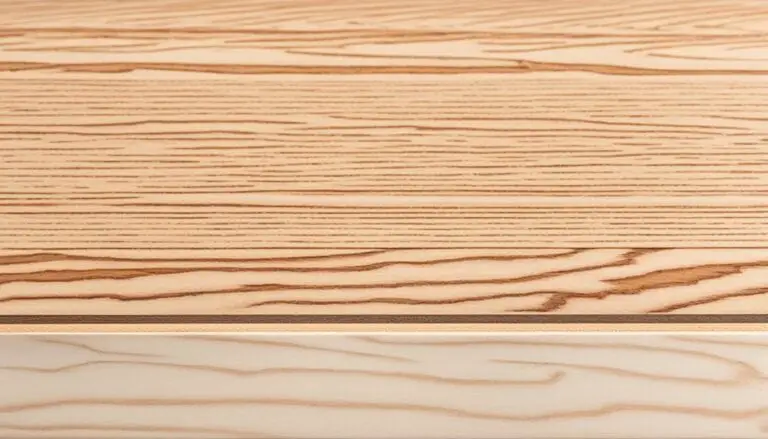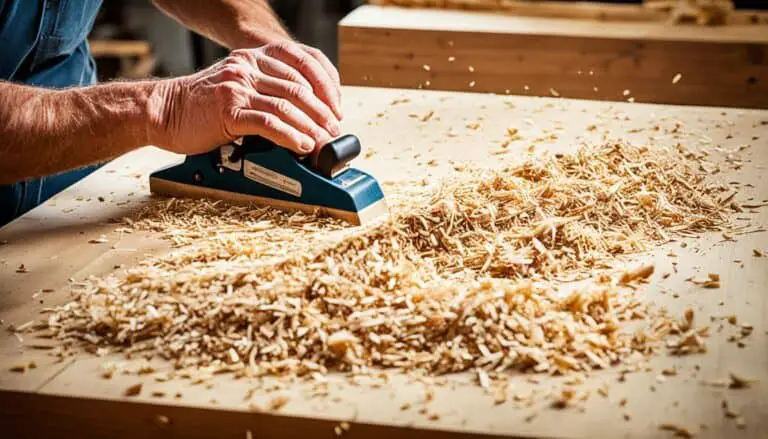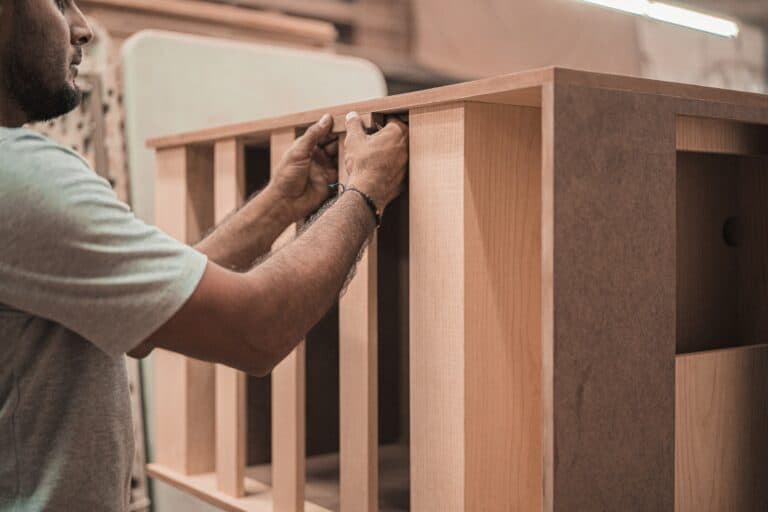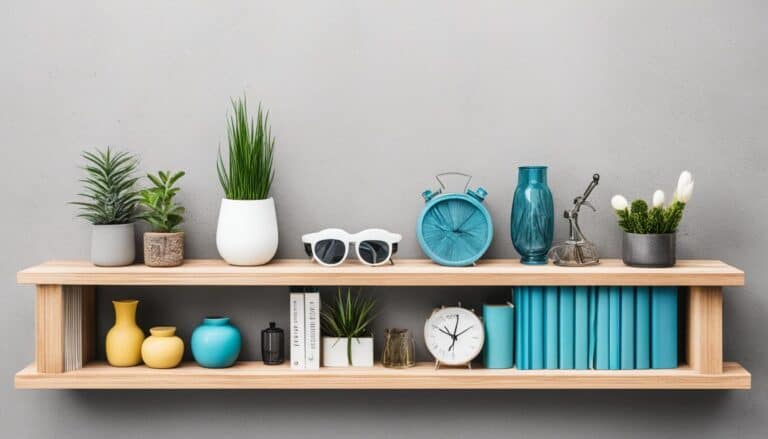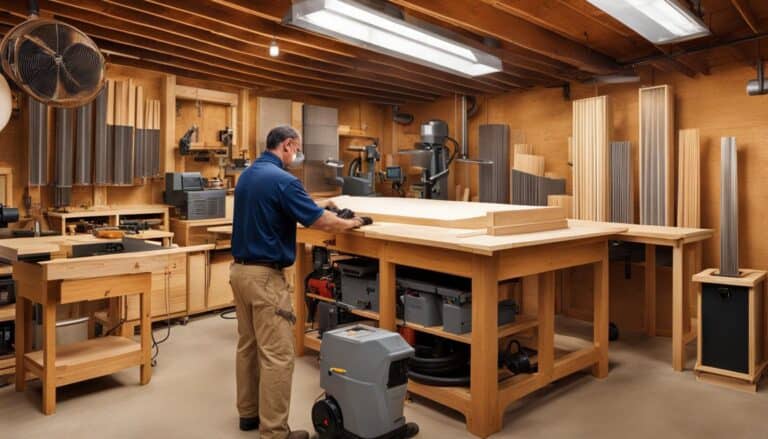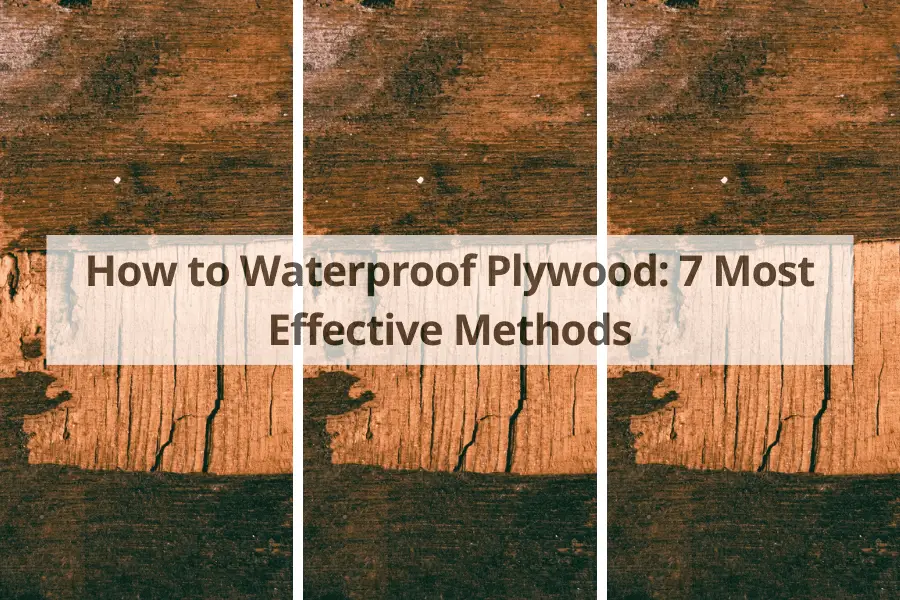
Are you considering taking on a home DIY project that requires learning how to waterproof plywood? Plywood is often used in indoor/outdoor projects due to its strong, durable build and affordability, yet it can be vulnerable to water damage.
Fortunately, there are various methods to waterproof plywood efficiently and it doesn’t have to be a difficult task. In this blog post, we will explore the most effective ways how to waterproof and seal plywood so your structure can withstand rain or other moisture exposure for many years! Keep reading for tips on what materials you need and helpful step-by-step instructions.
What Is Plywood?
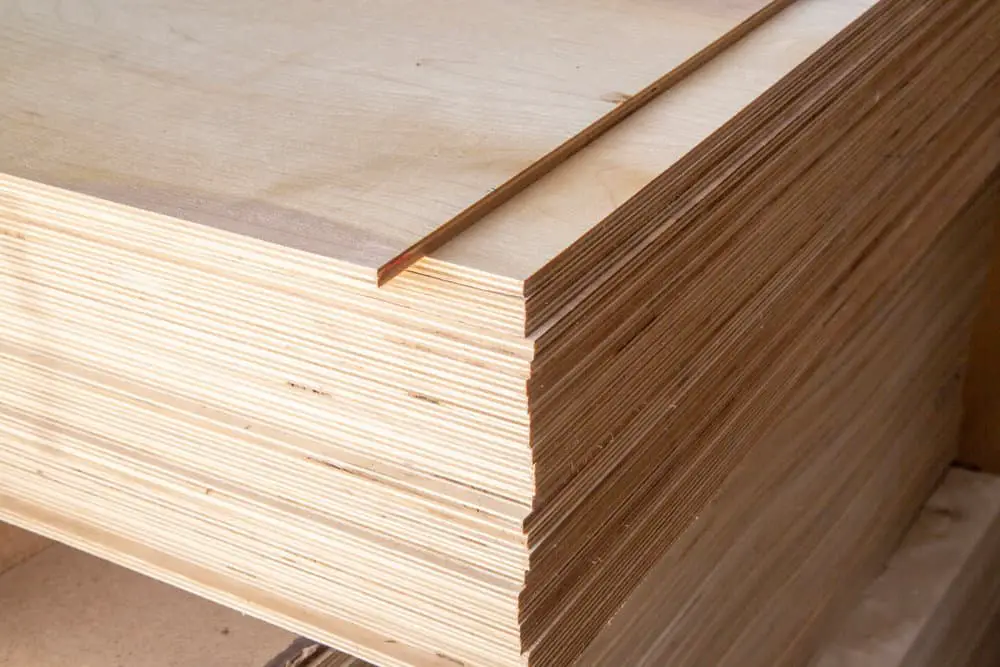
Plywood is a composite material made from thin layers of wood veneer glued together. It is an inexpensive, lightweight, and strong building material that can be used in a variety of construction applications such as wall paneling, furniture making, and flooring.
Are Plywood And OSB (Oriented Strand Board) The Same?
No, plywood and OSB are not the same. OSB is an engineered material made from wood chips, sawdust, and adhesives, while plywood is composed of thin layers of wood veneer glued together in alternating grain patterns. Both materials can be used similarly in construction and home improvement projects, but they have different properties and require different waterproofing techniques.
Why is it important to Waterproof/Seal Plywood?
Plywood structures are naturally absorbent and prone to rot when exposed to wet conditions over a long period of time. Even when sealed with paint or another coating, wood can eventually become vulnerable to water damage due to wear and tear caused by the elements.
Therefore, it’s important to seal plywood surfaces if you want them to last for many years.
Waterproofing plywood can help protect the wood from rotting and warping, as well as prevent mold growth or other problems caused by water penetration.
It also helps keep wood surfaces looking vibrant and new for a longer period of time.
Now that you know how important waterproofing plywood is, let’s explore how to do it in the right way.
Is Plywood waterproof? – No!
It is important to note that plywood on its own is not waterproof. It can become saturated when exposed to water which will weaken the structural integrity and cause rot over time if it’s not treated correctly.
No matter how much you seal a sheet of plywood with paint or another coating, without proper waterproofing methods, it will eventually become damaged and require replacement.
Can you Waterproof Plywood?
Yes, you can waterproof plywood and it does not have to be an overly difficult job.
By following the right steps, you can protect your wood surfaces from water damage for many years.
7 Products to Seal Plywood
1. Paint
2. Wax
3. Varnish
4. Polyurethane
5. Marine Grade Epoxy
6. Shellac
7. Drying Oil
Paint is the most common type of sealer used for waterproofing plywood because it’s relatively easy to apply and provides a good level of protection against the elements. It is also very affordable and available in a wide range of colors to suit any project.
Paint – Good quality paint should last up to 8 years and can be applied with a brush or roller.
Wax – This is a great option for small projects that don’t require much protection from the elements. It’s easy to apply and will provide a glossy finish that accents the wood’s grain.
Varnish – This is a good all-around sealer for plywood that provides excellent protection from moisture. It’s available in both oil-based and water-based varieties, so you can pick the one that works best for your project.
Polyurethane – This is the most durable type of sealer for plywood and will provide long-term protection from the elements. It’s available in both oil-based and water-based varieties, so you can pick the one that works best for your project.
Marine Grade Epoxy Sealer – This is the most penetrating epoxy sealant and resilient type of sealer for sealing plywood and will provide maximum protection from water damage. It’s available in both oil-based and water-based varieties, so you can pick the one that works best for your project.
Shellac – This is a good option for projects that don’t require much protection from the elements. It’s easy to apply and provides a glossy finish that accents the wood’s grain.
Drying Oil – This is a great choice for projects that don’t require much protection from the elements. It’s easy to apply and will provide a beautiful, natural look to any wood surface.
No matter what type of product you choose, it’s important to make sure you follow the instructions on how to apply it correctly. This will help ensure that your wood surfaces are waterproofed properly and will last for many years.
After waterproofing plywood sheets you can protect plywood from water damage and keep it looking great for years to come. So, don’t hesitate to waterproof your plywood today!
How To Waterproof Plywood
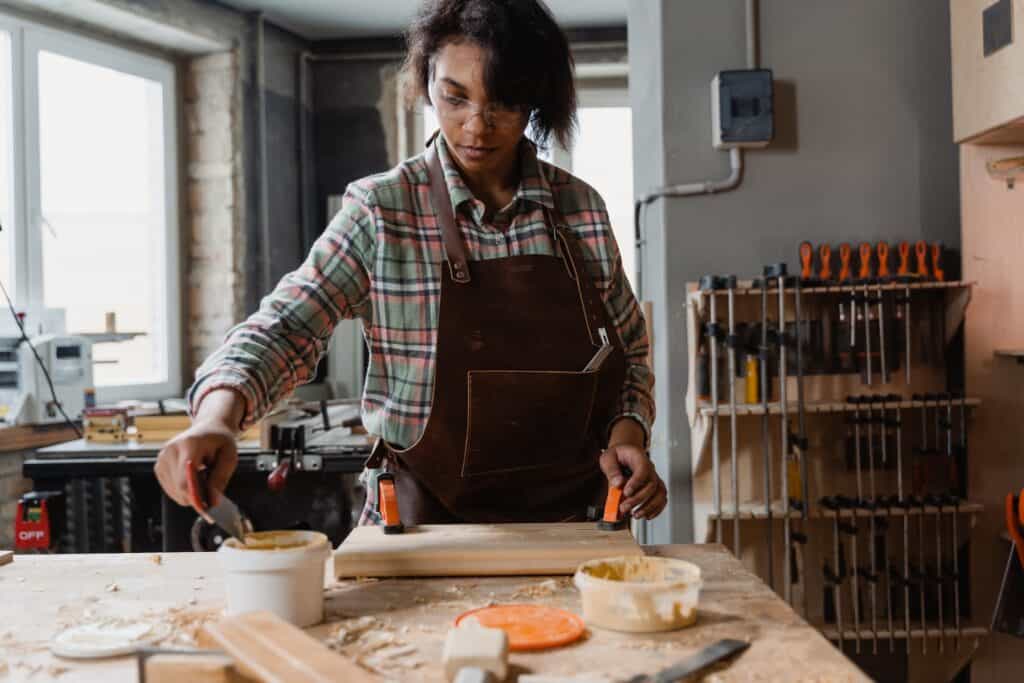
Learning how to waterproof plywood is a simple process but it does require some preparation and concentration to get it right. Please note the same method applies to any plywood you would use for outdoor use. The steps involved are:
1. Prepare The Plywood Surface – Clean the plywood surface thoroughly using medium grit sandpaper (lightly sand) and cloth – This removes any dirt, grime, or other debris that could affect how the sealant adheres.
2. Fill-in Spots (Wood Filler) – Once the plywood is clean, any holes, cracks, or other imperfections should be filled in with an appropriate caulk or wood filler. It is important to ensure the wood filler dries.
3. Apply Primer (If Painting) – Once the wood is prepped, a thin coat of primer should be applied to seal the surface and allow for better adhesion of the waterproofing material.
4. Apply Wood Stain (If applicable) – If you want to add a bit of color to the plywood before applying a sealant, you can apply an appropriate wood stain.
5. Apply Sealant – Choose a sealant that is appropriate for your type of plywood and follow the instructions on how to apply it correctly.
5. Ensure You Seal Plywood Edges – Make sure to pay attention to the plywood edges, as these are more vulnerable to water damage.
6. Allow To Dry – Make sure the sealant has enough time to dry before you use or expose your plywood to water.
7. Reapply – For maximum protection against water damage, it is best to reapply the sealant every few years.
By knowing how to waterproof plywood, you can ensure that your plywood is water-resistant and properly waterproofed providing a protective layer that will last for many years to come.
FAQ
Tell Me The Best Plywood For Outdoor Use – Waterproof Plywood
The best type of plywood boards for outdoor use is marine-grade plywood. Marine plywood is treated with chemicals to resist wood rot, natural moisture, and decay, providing superior protection against the elements. However, marine-grade plywood can be more expensive than other types of plywood so make sure you compare prices before purchasing.
What Is The Cheapest Way To Waterproof Plywood Boards?
The cheapest way to waterproof plywood is to paint beginning with a primer or with a paint that includes a primer. After the primer has been applied, a sealant should be applied to provide maximum protection from water and other elements. However, for best results, it is important to use a sealant that is appropriate for your type of plywood sheet.
It’s also important to note that you may need to reapply the sealant periodically in order to maintain the waterproofing properties. This will ensure that your plywood sheet is properly protected from water damage for many years to come.
Can You Seal Untreated Plywood Boards?
Yes, you can seal an untreated plywood sheet. The best way to do this is to start by cleaning the wood surface and filling any holes, cracks, or other imperfections with an appropriate caulk or wood filler. Then, apply a primer before applying a sealant of your choice. Make sure you pay extra attention to sealing the plywood edges as these are more vulnerable to water damage. Once the sealant has dried, your plywood should be properly sealed and ready for use.
Conclusion
Waterproofing plywood is a great way to extend its life and protect it from the elements. By following the steps outlined above, you can make sure that your plywood project is ready to stand up to the elements and look great for years to come. Remember that it is important to use the right sealant and primer for your specific type of wood, and reapply them periodically in order to maintain maximum protection.







